#bolivian boa
Explore tagged Tumblr posts
Text
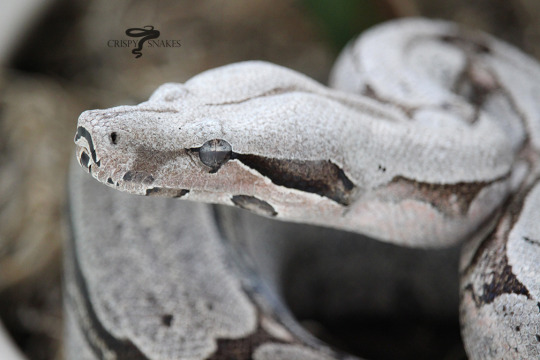
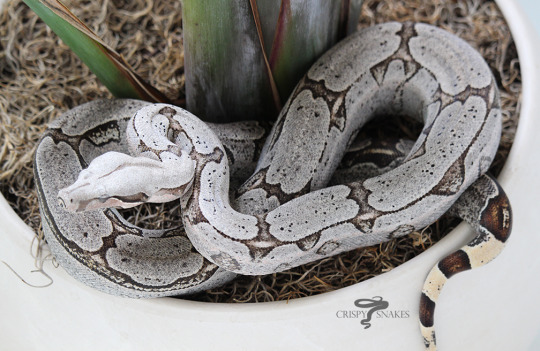
Moon Milk - Bolivian boa (Boa c. amarali)
Up and coming girl.
127 notes
·
View notes
Text
Bolivian Boa Constrictor ~2FT
B. CC Amarali


38 notes
·
View notes
Note

green anacondas are such fascinating babies and i love them... they are so big and feel so mysterious, like in my heart of hearts i want to believe there is a 40 foot, 100 year old anaconda living in the amazon... a titanboa... (theyre usually 20 feet, most estimates say they live 10-20 years which means they grow insanely fast, but the oldest ever one is like 40)
but then there is their even babier cousin:

yellow anaconda

dark spotted anaconda

bolivian anaconda (its like green anaconda v2)
AND anacondas are closely related to rainbow boas, which is kinda visually similar when looking at a rainbow boa and yellow anaconda side by side:


okay but you know who is NOT closely related and would make a great anaconda dupe with the right pattern?

if there were a rosy boa with a spotted morph i think it would look like an EXCELLENT mini anaconda. its like the exact opposite of an anaconda: a tiny, striped desert boa as opposed to a huge, spotted water boa
For some reason, I never considered that anacondas were non-venomous. Do you ever see private keepers with pet anacondas? Obviously they're huge and that's a problem (like with burmese and reticulated pythons but...more) , but are there any other reasons why anacondas are or are not good pets?
Pet anacondas pop up occasionally, but it's not just their massive size that makes them a difficult snake to care for! They're semi-aquatic snakes and really need a huge heated water feature big enough for them to swim and dive in, and considering this is a 15-foot snake, that's...a challenging task for private keepers.
A proper anaconda enclosure looks like this:

And that's just a level of care most private keepers simply will not be able to meet.
I've seen it done - one of my buddies from my local herpetological association is the head reptile keeper at a major zoo, and he has an entire basement dedicated to his pet anaconda (who is an absolute sweetheart, by the way) - but it's not something most non-professionals will be able to manage.
Anacondas are incredible snakes, but like most giant snakes, they're just not going to be ethical pets for most people.

548 notes
·
View notes
Text
Boa Bolivian Airlines Miami
Boa Bolivian Airlines Miami is the flag carrier airline of Bolivia that operates flights to various destinations, including Miami, Florida. BoA is a relatively young airline that was founded in 2007 with the aim of providing safe, reliable, and affordable air travel for Bolivians and travelers to Bolivia.
1 note
·
View note
Text

This girl is really something...!
Daybreak, 2019 Bolivian Silverback BCA (Miller line)
#daybreak#boa constrictor#boa constrictor amarali#bca#snakes#bolivian boa#short tailed boa#my noodles
191 notes
·
View notes
Text
Solme Bolivian Fun today!
Solme Bolivian Fun today!
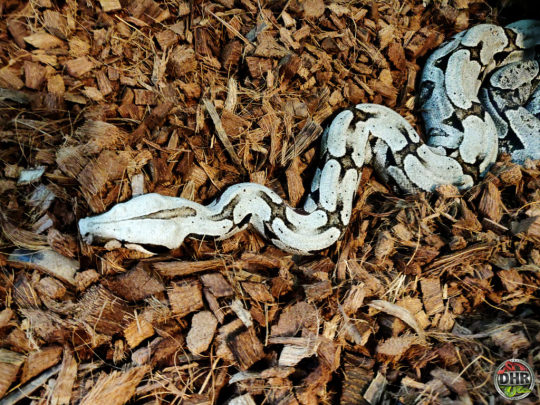

Some Bolivian fun today, a Bolivian Boa to be exact (Boa c. amarali).
This is an adult male that we produced some years back. He’s looking amazing in his silver outfit. 🙂
#BolivianBoa #BoaConstrictor #BoaConstrictorAmarali #DarrenHamillReptiles
View On WordPress
0 notes
Link
#amazonanaconda#amazonjungleanaconda#amazonriveranaconda#anacondainamazonforest#anacondainreallife#anacondalength#anacondalive#anacondasizeandweight#anacondasnakelength#anacondasnakesize#anacondasnakes#anacondaweight#anacondassize#biggestanaconda#biggestanacondaintheworld#boliviananaconda#fullgrowngreenanaconda#giantanaconda#greenanaconda#greenanacondalength#greenanacondasize#greenanacondasnake#greenanacondaweight#largestanaconda#largestanacondaintheworld#longestanaconda#longestanacondaintheworld#realanaconda#realanacondasnake#thegreenanaconda
0 notes
Text
Interesting Green Anaconda Facts
New Post has been published on https://www.petculiars.com/interesting-green-anaconda-facts/
Interesting Green Anaconda Facts
The green anaconda, Eunectes murinus, also known as the common anaconda or water boa, is a species of snake in South America, being the largest snake in the world. In the wild, a 10 to 12 meters anaconda that weighs more than 250 kg has been discovered, although the actual maximum size of an anaconda is the subject of many controversies. Females typically have a much larger weight and length than males, reaching an average length of 6 meters while males will only reach 6 meters in length. The gender of an anaconda is reflected by the size of the spurs located in the cloacal region. Males have larger notches, at around 7,5 millimeters than females.
The scientific name of green anaconda is derived from the Greek term eленic, meaning “good swimmer”.
The green anaconda is one of the four constrictor species, the other species being Eunectes notaeus, the yellow anaconda, Eunectes deschauenseei, the dark anaconda, and Eunectes beniensis, the Bolivian anaconda.
The green anaconda became famous in the human world with its discovery and description in the scientific world in 1758 by the renowned Swedish naturalist Carl Linnaeus. Because it is the largest representative of the boa family, Venezuelan and Brazilian farmers call it green boa because of its color, or water boa, with direct reference to the aquatic environment in which this giant with scales lives. The Indians of the South American tribes call it Sucurinju, Yakumama, or Jiboia.
You might also like my articles on whether anacondas eat people, how many teeth a snake has, and how to know if a snake is sleeping.
Like all snakes, the anaconda has a forked tongue that helps it locate the prey and move around in its environment.
The green anaconda is more active in the evening. It can travel long distances and in short periods of time, especially in the dry annual seasons. They migrate preferentially after the peak heat of the day. Anacondas are able to regulate their body temperature.
Where does the green anaconda live?
Eunectes murinus is found in South America to the east of the Andes, in countries such as Colombia, Venezuela, Guiana, Ecuador, Peru, Bolivia, Brazil, the island of Trinidad, and northern Paraguay. Anaconda lives in swamps, mainly in the rainforests of the Amazon and Orinoco basins. It is heavy on land, but it swims easily. The eyes and nasal openings lie on the head, allowing it to sit in wait for the prey, remaining almost completely submerged.
What does a green anaconda eat?
Basically aquatic, it consumes a wide variety of prey, including fish, birds, a variety of mammals, and other reptiles. Being particularly large, it can also consume large prey such as tapirs, deer, capybaras, caimans, and even jaguars, but such food is not consumed regularly. They use constriction to subdue their prey.
Cannibalism among green anacondas is also known, with most recorded cases involving a larger female consuming a smaller male.
How does a green anaconda hunt?
Anaconda stalks its prey while standing in the swamps and ponds from the endless amazon selva, usually avoiding the rapid streams of water. From its hiding place, the anaconda lies motionless for hours until the prey reaches its attack range. The attack happens lightning-fast as the huge snake puts down its prey. The prey is snatched with a multitude of teeth, after which, if the victim is small, it will be carried in the water and drowned.
If it has caught a large prey, the anaconda’s body wraps around the victim, after which the terrible clasp of force follows. Ring by ring, millimeter by millimeter, the snake begins to tighten its muscles until the prey is suffocated and eventually takes its last breath.
In very rare cases, when the anaconda feels that it is in great danger, it regurgitates the prey, which may be twice as large as its size, to get rid of the predators around it.
The mating phenomenon
Anaconda mating is an interesting phenomenon, unique in the world of reptiles. During the mating season, the female eliminates a specific smell that attracts all males in the territory crossed by it, like a magnet. The males gather in a real “mating ball” in which about 12-15 males wreathe around the female.
Mating may take several weeks. During this time, a female can mate with several males. Males compete to gain access to the female by wrapping around it.
Females are selective in the mating process. In conditions of high density or when females are easy to follow, males can meet, which can lead to confrontations between them. However, male fights are rare.
Females are ovoviviparous and incubate their eggs for up to 7 months until they give birth to live offspring. Feeding movements and behaviors are limited to avoid compromising their health. Females give birth in shallow water, in the evening or late afternoon, at the end of the wet season. They can give birth to 82 offspring. Newborns measure 60 cm on average and do not need parental care. At the age of 4 years, young anaconda females reach reproduction maturity.
Conservation
Possible threats to this species include habitat loss and exotic pet trade. Anacondas are listed as vulnerable species in CITES, but information about them is relatively rare. The Venezuelan Fisheries and Wildlife Service, the Wildlife Conservation Society, and the Convention on International Trade in Endangered species (CITES) funded the Green Anaconda project for us to understand the potential threats to the species.
0 notes
Text
SocioAlzheimers
“Ninguém sabia”. “Ninguém avisou“. “Não havia como saber“. “Era completamente imprevisível“
“…o mundo todo sabe que se trata de um golpe. Anunciado até pelo NYT, é golpe mesmo. É melhor blindar a touca.“ - Tiradentes
Parte De : O Velho Chico E A Paixão Do Panamá (2012)
No entanto, eles tem demonstrado – no embate internecino deles pelas bases de poder tradicionais – uma propensão à regressão aos hábitos antigos. Dessa “camada” de patifes - intrínsecos à sociedade humana geral - pela “simplicidade” e rapidez dos velhos métodos – da intimidação e extorsão primárias.
Vejo, portanto, uma pressão lá e cá pela reinstituição dos meios e métodos de relacionamento e funcionamento arcáicos.
Eestando o pais sob eventos que ecoam como roteiro das pressões havidas desde a década dos 50s, imagino que estejam por trás figuras e interesses semelhantes. Este não deixa de ser, sob essa visão, um pais de “sobras e migalhas”.
Os interesses pelo recrudescimento e desagregação ainda maiores, são amplamente e reiteradamente evidenciados - e evidentes.
Por extenso, na continuação ->
No entanto, eles tem demonstrado – no embate internecino deles pelas bases de pode“Ninguém sabia”. “Ninguém avisou“. “Não havia como saber“. “Foi completamente imprevisível“r tradicionais – uma propensão à regressão aos hábitos antigos. Adicionada, quiçá, do golpe (financeiro-midiático-)jurídico-institucional “branco”. Como lograram parcialmente em Honduras e, com quase perfeição, no Paraguai, recentemente. Esse pessoal estilo “United Fruit” e “Bolivian Oil Syndicate”, “DOW Chemical” e, hoje, redivivo nas tuoblásfemo/”agri-bíziniss” da vida, alem do “complexo patrocinador” estilo “Walmart”, no entanto, não parece ansioso para abdicar dos velhos meios e recursos.
Digo que, por algum motivo, há uma crescente pressão da sempre presente ânsia e afinidade dessa “camada” de patifes intrínsecos à sociedade humana geral, pela “simplicidade” e rapidez dos velhos métodos – da intimidação e extorsão primárias. A “simplicidade” dos “bons velhos tempos” de esquadrões da morte, arbítrio aleatório, autoritarismo e hierarquias espoliativas claraente estabelecidas. Ah! A “estabilidade”! Ânsia essa, da qual parece compartilhar, de forma ligeiramente deslocada, boa parte da sociedade (das pessoas) vítima deles. Incapacidade destes de se incorporar a “novos” conceitos? Não sei bem.
Vejo, portanto, uma pressão lá e cá pela reinstituição dos meios e métodos de relacionamento e funcionamento arcáicos da época das “United Fruit” e do Coronelato Ruralista. Apenas garnido de adereços e ornamentos “futuristas” – maquinário, bijuterias eletrônicas, transporte comercial e institucional, etc.
E, estando o pais sob eventos que ecoam como roteiro das pressões havidas desde a década dos 50s (como exigiria a professora Margarida), imagino que estejam por trás figuras e interesses semelhantes. E semelhantemente torpes. Impiedosos. Egoistas. Gananciosos.Sem falar na pusilinaidade abjeta da eterna “crasse méudia” mesquinha, deslumbrada e com devaneios de “elite”-reserva. Ou algo assim. E a incorporação popular do sistema, pela aceitação do próprio através de pequenos favorecimentos, sobras e migalhas. Alias, como já disse em outro lugar, esse não deixa de ser um pais de “sobras e migalhas”.
Não sei, portanto, se a possibilidade de uma Panamização (que costumava pertencer à Colombia, logo quem) e / ou Vietnamização “modernizada” lá na região do Velho Chico é tão inconcebível assim. E os interesses pelo recrudescimento e desagregação ainda maiores, são amplamente e reiteradamente evidenciados e evidentes.
- https://silfistelos.wordpress.com/2012/08/03/velho-chico-e-a-paixao-do-panama/
0 notes
Note
Favorite snake?
My favorite snake I own is my ball python Monty. He was the snake that really sparked my love of the hobby. Flower was my first but monty was really the one that made me really love snakes. My favorite snake species is probably of the boa variety. I can't pick my favorite locales but I'd say Peruvian or Bolivian are in the top. There is something about them that is so prehistoric and striking. Very beautiful snakes with a lot of personality.
7 notes
·
View notes
Text
Una vuelta por los no lugares
Una vuelta por los no lugares
Ayer a la tarde estaba haciendo tiempo en la puerta de embarque del vuelo de BOA a La Paz, en Barajas, y haciéndome la burla de los «no lugares», esos en los que ni estás ni no estás, una especie de limbo para poetas del espacio y el tiempo, y otros asuntos de parecida categoría, que nunca me han interesado mucho, la verdad. El paisaje de la meseta, hacia el Guadarrama estaba imponente cuando…
View On WordPress
0 notes
Photo
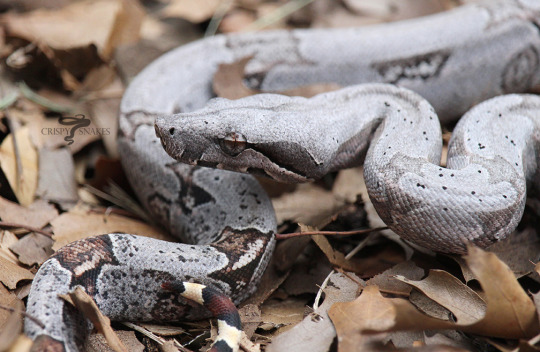

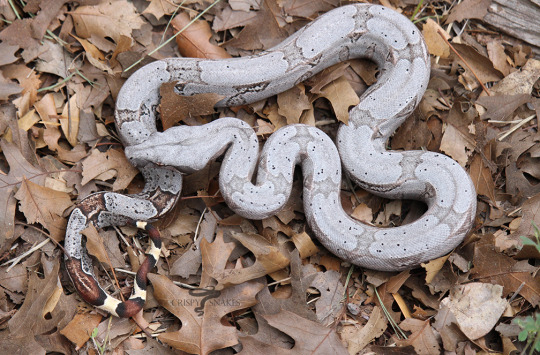
‘22 Bolivian amarali holdbacks.
Flying Cinder & Flickering.
121 notes
·
View notes
Text
Bolivian Boa Constrictor ~2FT
B. CC Amarali


4 notes
·
View notes
Note
peach, lemon, apricot, papaya 💛🍑🍋
Peach: Do you have any piercings or tattoos?
I have a total of 8 piercings! I have my tongue, lip, septum, cartilage, and four ear piercings lol yeah I’m gonna get one more soon!! I also used to have my bellybutton pierced, but I had to take it out :’’((
Lemon: Do you have any pets? What are their names?
Ok well I live with my sister and she has two cats (Posco and Kitty). She also has a ball python named Snoopy, and a 9 ft long Bolivian Boa named Booboo, so it’s a diverse family. Me, personally, I have my kitty son Portobello that lives with my girlfriend and my cat back home in Minnesota named Licorice! I love all of them very much
Apricot: What do you do when you’re sad?
Depends….. sometimes I listen to sad music or watch sad videos or force myself to think about my trauma to make myself more sad, BUT when I’m actually trying to make myself feel better I usually cook or clean my room or change my bedding. I also sometimes lay on the couch and eat ice cream and listen to music
Papaya: What song describes your aesthetic?
Hmm… either Artangles by Grimes or Young Forever by BTS. Artangles describes the carefree kinda happy sounding love song and Young Forever describes the melancholy, pastel, youth aesthetic
THANK YOU FOR SENDING ME FRUITS I LOVE YOU
2 notes
·
View notes
Text
The first 170 GPAINNOVA RESPIRA emergency ventilators have arrived in Bolivia
The first 170 GPAINNOVA RESPIRA emergency ventilators have arrived in Bolivia
Jeanine Añez, President of Bolivia, has received the first 170 RESPIRA ventilators purchased by the Bolivian government so that they can be used urgently in the coming days
Government Minister Arturo Murillo reported last Sunday, May 10th, the purchase and that a plane from the Bolivian state airline (BoA) would travel to Barcelona to transport approximately 200 GPAINNOVA ventilators.
GPAIN…
View On WordPress
0 notes
Text
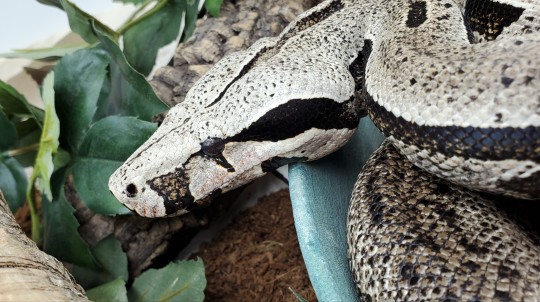

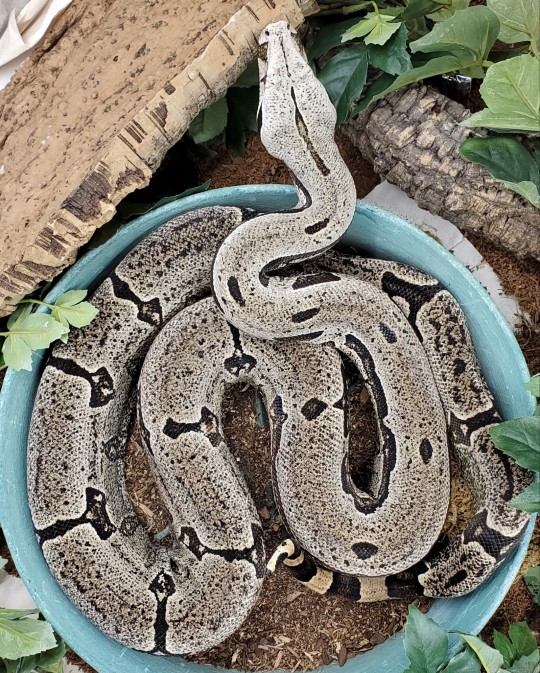
This queen is bouncing back wonderfully from her recent litter! You're probably not supposed to pick favorites, but she is mine 💕
Cyan Sunday, 2010 Bolivian BCA
#cyan sunday#boa constrictor#boa constrictor amarali#bca#snakes#short tailed boa#bolivian boa#my noodles
44 notes
·
View notes